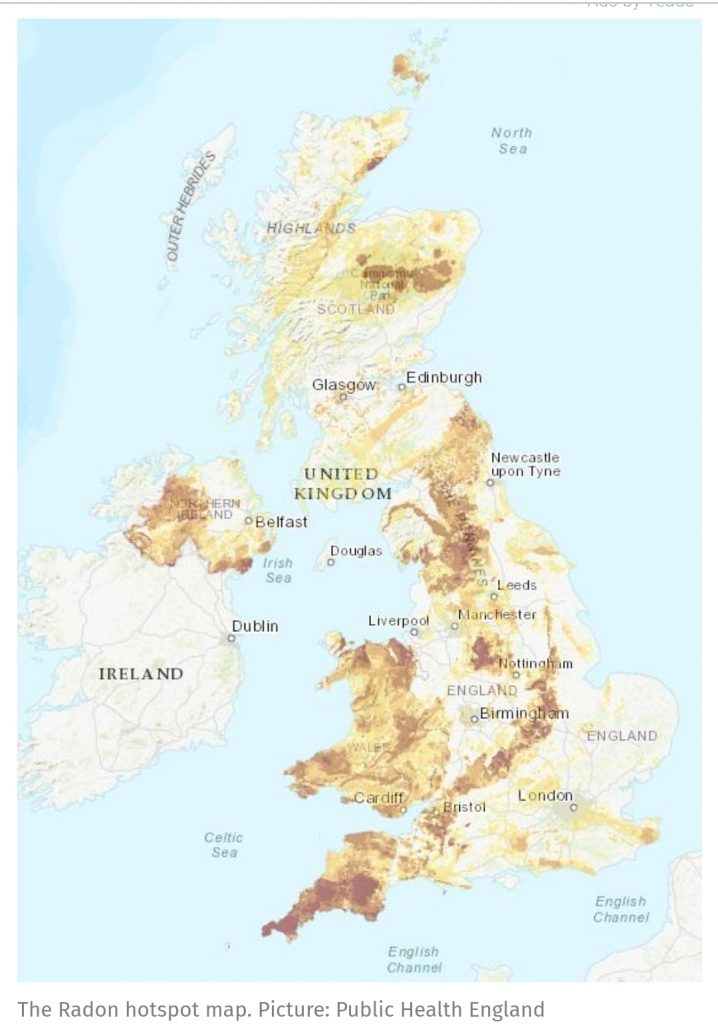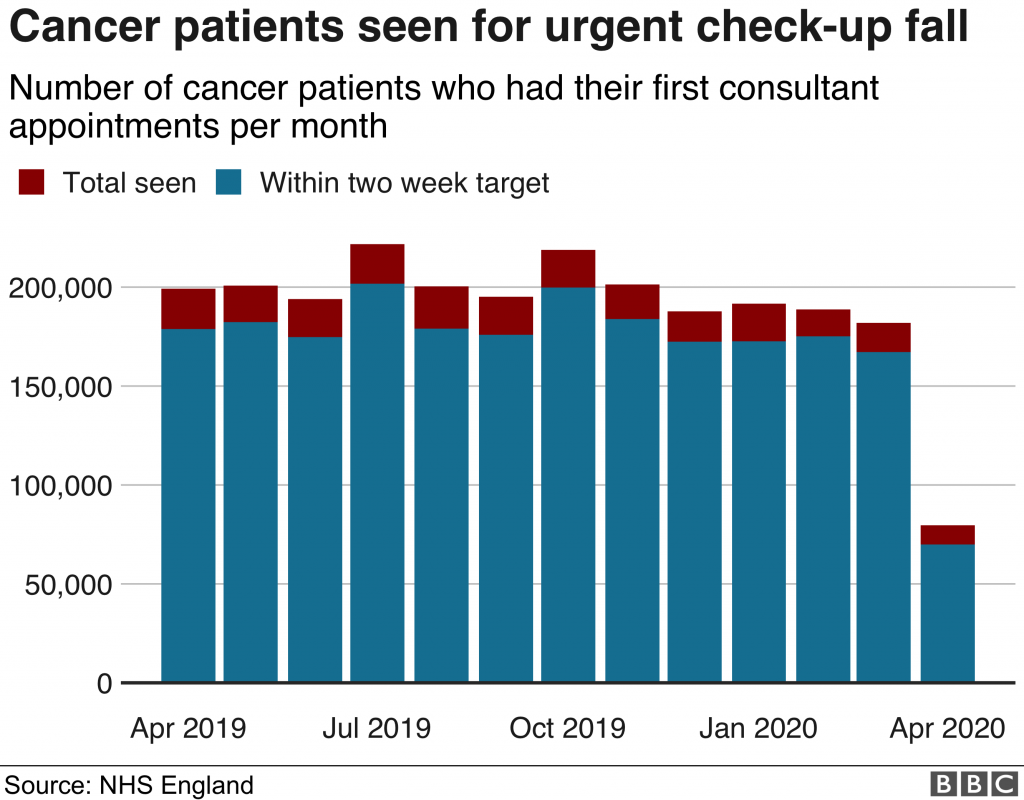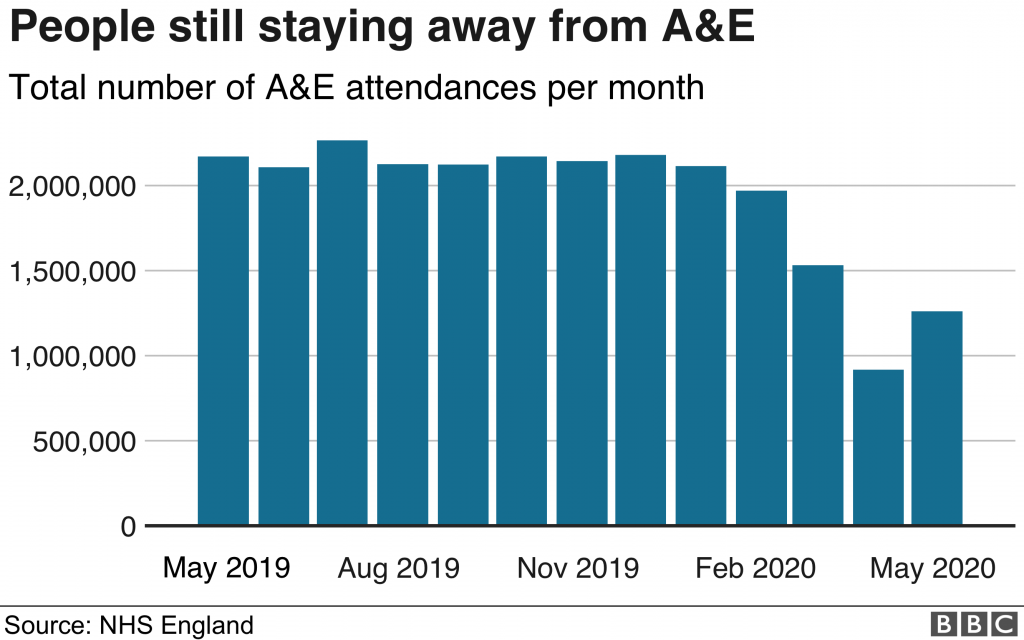Cancer doesn’t just affect your physical health – it can affect your mental health too. You may feel a wide range of different emotions. Here we look at how cancer can affect you mentally and emotionally and how best to cope.
How cancer can affect you mentally
Being diagnosed with cancer is life-changing for you and your family. During and after your treatment, you’re likely to go through a whole range of emotions. Common reactions include fear, anxiety, sadness, guilt and anger.
It’s natural to feel frightened and overwhelmed when finding out about a cancer diagnosis. It can have a huge impact on your life, as well as the lives of the people around you.
There’s no set way for you to feel and your emotions may be very up and down. You may feel very positive at times and very anxious at others. Some people may tell you that you need to keep positive and that your mood can affect your cancer and its response to treatment. This isn’t true and can be hurtful. It may make you feel even more anxious and guilty. So don’t worry if you have a down day – it won’t set you back.
If you need help now
This page is designed to provide health information about mental health after or during cancer. If you need help now, the following helpline is free for you to call and talk to someone.
- Samaritans
116 123 (UK and ROI)
Alternatively, follow this link to Mind’s website and click on the yellow ‘I need urgent help’ button at the top left of the page. This is a tool that is designed to help you understand what’s happening to you and how you can help yourself.
If you need immediate help or are worried about someone, call the emergency services.
Worry and anxiety
When you are diagnosed, you’re likely to worry about the impact cancer will have on you or a loved one and what the future may hold. Cancer can affect the whole family and talking to each other about how you feel can help you all to cope.
You might feel anxious about appointments for tests or treatment. These feelings may come and go, or they might be there all the time. Finding out more about the tests and treatments for cancer can help you to feel more positive and less anxious.
You may be surprised if you feel anxious after your treatment has ended, but this is quite common. You may be expecting to feel relieved, but for some people, suddenly seeing your doctors and nurses less often can be worrying. You need to give yourself time to adjust.
If worry and anxiety become extreme, they can interfere with everyday life. You may feel tired, irritable, unable to concentrate and have trouble sleeping. Physical symptoms can include:
- feeling sick
- butterflies in your stomach
- sweating
- feeling your heart thumping in your chest (palpitations)
- shortness of breath
Some people have panic attacks. These have similar symptoms, but they are much more intense.
Part of coping with your cancer is about looking after your emotions. So talk to your doctors and nurses if you’re having problems with worry or anxiety. Some hospitals have specialist counsellors you can talk to. Just discussing how you feel and talking through what is making you anxious may help you to get things into perspective.
If you’re caring for someone with cancer, you might also find that it helps to talk about your emotions and how you are feeling. Try talking to family, friends, or a local or online support group.
Making some changes to your lifestyle can also help to improve anxiety. Eating well and exercising can give you more energy and this can help you to cope better. Some people find that simple relaxation exercises or complementary therapies, such as meditation or acupuncture help.
For more information about how you can look after yourself, see our section: Helping yourself.
Anger
Having cancer, or knowing someone who does, can make you feel angry from time to time. You may not be able to do things you used to. You may think it’s unfair that you or someone you love has been affected by cancer whereas others haven’t. Feeling angry is a natural response and you shouldn’t feel guilty about angry thoughts.
Anger becomes a problem when it begins to harm the relationships you have with others. Relatives and friends may think you are angry with them rather than with the cancer. They may also feel angry that you have to deal with the cancer or that it’s changed their lives too. Your friends and relatives may find it helps to speak to someone about how they are feeling.
If you can, talk to those closest to you about how you feel, preferably at a time when you’re not feeling angry. If you find it difficult to talk to your family, and you think your anger is becoming a problem, talk to your doctor or nurse. They can help you find ways to cope. This might be through self-help techniques (such as relaxation exercises), counselling or a specialised anger management programme.
Depression
Feeling sad and low at times isn’t unusual when you’re coping with cancer. But a continuous low mood that doesn’t go away after a couple of weeks can be a sign of depression, which may affect up to one in four people with cancer. If you’ve had depression before, you may be more likely to get depressed when you have cancer. It’s important to remember that depression is common and can be treated.
If you’re depressed, you may feel low all the time and no longer enjoy the things in life that you used to. Other symptoms can include feeling restless and agitated, having no appetite and difficulty getting to sleep or waking early.
You may not realise that you’re becoming depressed because it can come on gradually. It might be that the people around you notice it first. They might try to talk to you about it and suggest you seek some help.
If you think you may have depression, the first step is to see your doctor. There are several different types of treatment, including:
- counselling
- cognitive behavioural therapy (CBT)
- antidepressant medicines
Your doctor may suggest one or more of these. There are also ways you can help yourself. Being active and doing physical exercise may help. At the very least, getting out for some fresh air and exercise may help to lift your mood and help you to sleep better.
For more information, see our section: Helping yourself.
Helping yourself
Three key ways you can help with your mental health if you have cancer, include:
- looking after yourself
- learning to relax
- talking about how you feel
It’s also very important to ask for help when you need it. If you feel you aren’t coping, don’t feel guilty or embarrassed about asking others for support. Life-changing events, such as cancer, are often difficult to deal with. Remember help is out there and taking advantage of it can make all the difference.
Looking after your physical health
Keeping yourself in good physical health can positively affect your mental health. It will also help you manage treatment side-effects and the changes having cancer brings. There are a number of things you can do.
- Eat well. Eating well when you have cancerhelps you to cope with treatment side-effects, recover faster and fight off infections. Eating during treatment can be difficult. So if you’re off your food at times, try to make up for it when you’re feeling a bit better.
- Keep active. Regular exercise during and after cancer can make you feel more positive, improve your general health and may help you to manage anxiety or depression. If you haven’t been active for a while, build up slowly to 30 minutes of moderate exercise five days a week.
- Sleep well. Tiredness can affect your concentration, leave you feeling demotivated and lacking in energy. Sleep is also important for physical health. A good bedtime routine can help. Have a look at our other tips on how to get a good night’s sleep. Tell your doctor if you’re still having problems.
Relaxation
Learning to relax can help improve your mood. More specifically it can help with managing depression and anxiety. It might also help with sleep problems and help you to cope with pain.
A warm bath or listening to soothing music may be all it takes for you to unwind and relax. Or you may want to try relaxation techniques. There are several different types, including:
- imagery – picturing a scene that you find calming, such as the memory of a holiday
- muscle relaxation – tensing and relaxing your muscles in turn, from your feet to your head, while imagining tension flowing out of your body
- breathing exercises – focusing on the rhythm and depth of your breathing and slowing it down
To get the most from these techniques, it’s best to practise daily for a short time. Choose a warm, quiet place where you won’t be disturbed. There are books and relaxation tapes you can buy to help you. Or you may want to join a group or class.
You may also have heard of mindfulness, which many people find very helpful in combatting stress, including stress related to having cancer. Mindfulness is essentially a way of staying in the moment and not letting worries about the past or future intrude. Mindfulness can be combined with everyday activities such as breathing and walking. Exercises include mindful breathing and mindful walking meditation.
Keep Talking
Cancer can be a worrying time, and many people find it difficult to talk about. But talking about your cancer can be comforting and can help you find support, feel less anxious and more in control.
It’s up to you to decide who you want to talk to about your cancer and how much you want to say. Here’s a list of suggestions.
- Cancer doctors and nurses will be aware of the emotions and reactions people have to the illness. Ask them to explain anything you don’t understand, for example any cancer terminology they use when talking to you at your appointments or in hospital.
- Support groups and help lines can provide a listening ear, advice and practical tips to help you cope with cancer.
- A counsellor or psychologist can help you work through worries and fears. Your doctor can refer you. Some employers have an employee assistance programme that provides confidential counselling and advice.
- Family and friends will be better at coping and supporting you if they understand how you feel.
- Talking to children about cancer can be a frightening thought. Often, the best approach is to be open and honest, using simple language and explaining changes in your appearance or lifestyle that they may notice. Although it can be hard, it’s important to tell your children what’s happening. You may feel as though you’re protecting your child by not talking about it. But in reality, it can cause them to feel shut out, frightened and worried. For details of organisations that provide lots of helpful information around talking to your children about cancer, see our section: Other helpful websites.
- Talking to colleagues about cancer is your decision. You may find it helpful to talk to your manager and/or occupational health adviser so that they can help you to cope at work.
Source : Bupa








